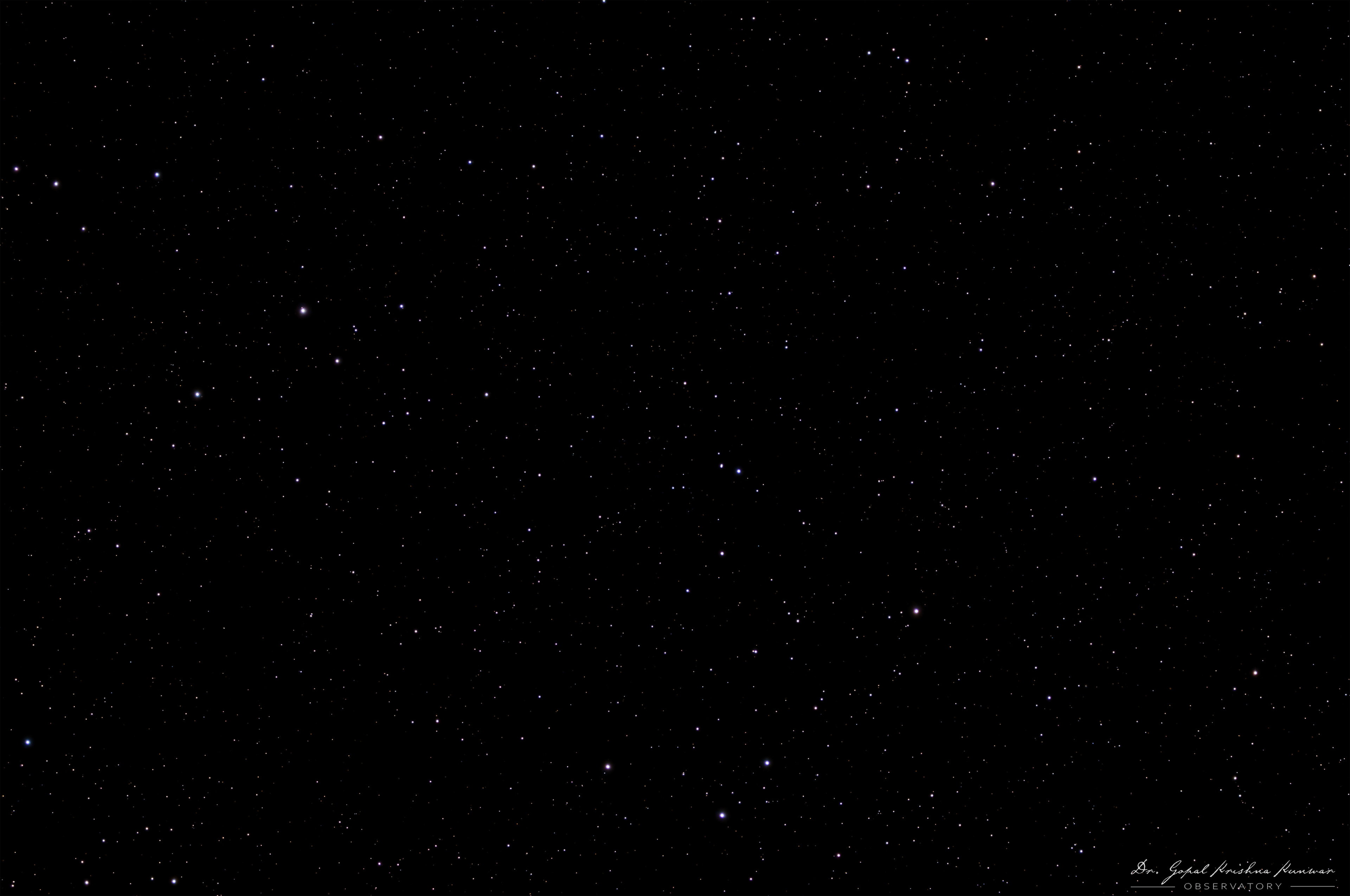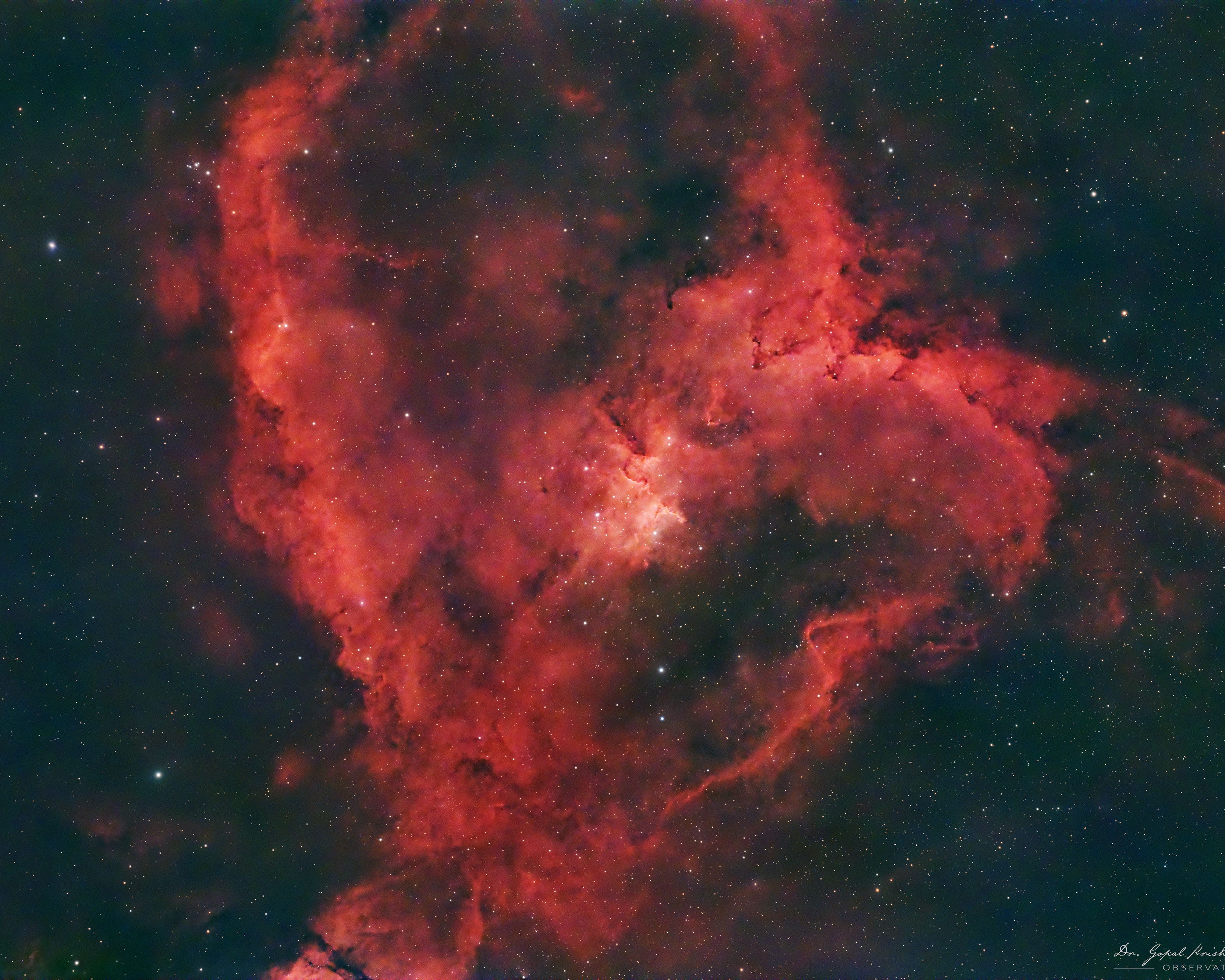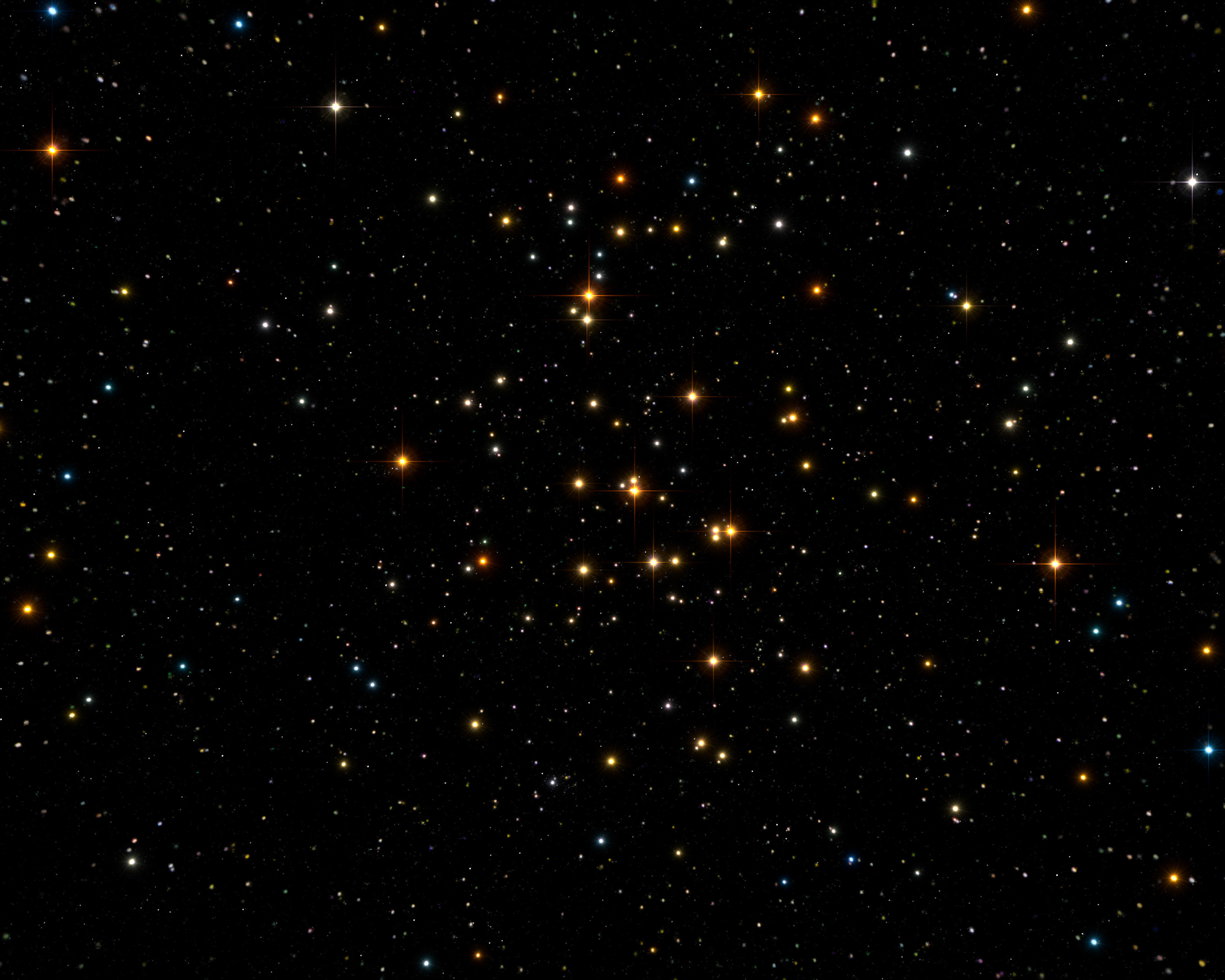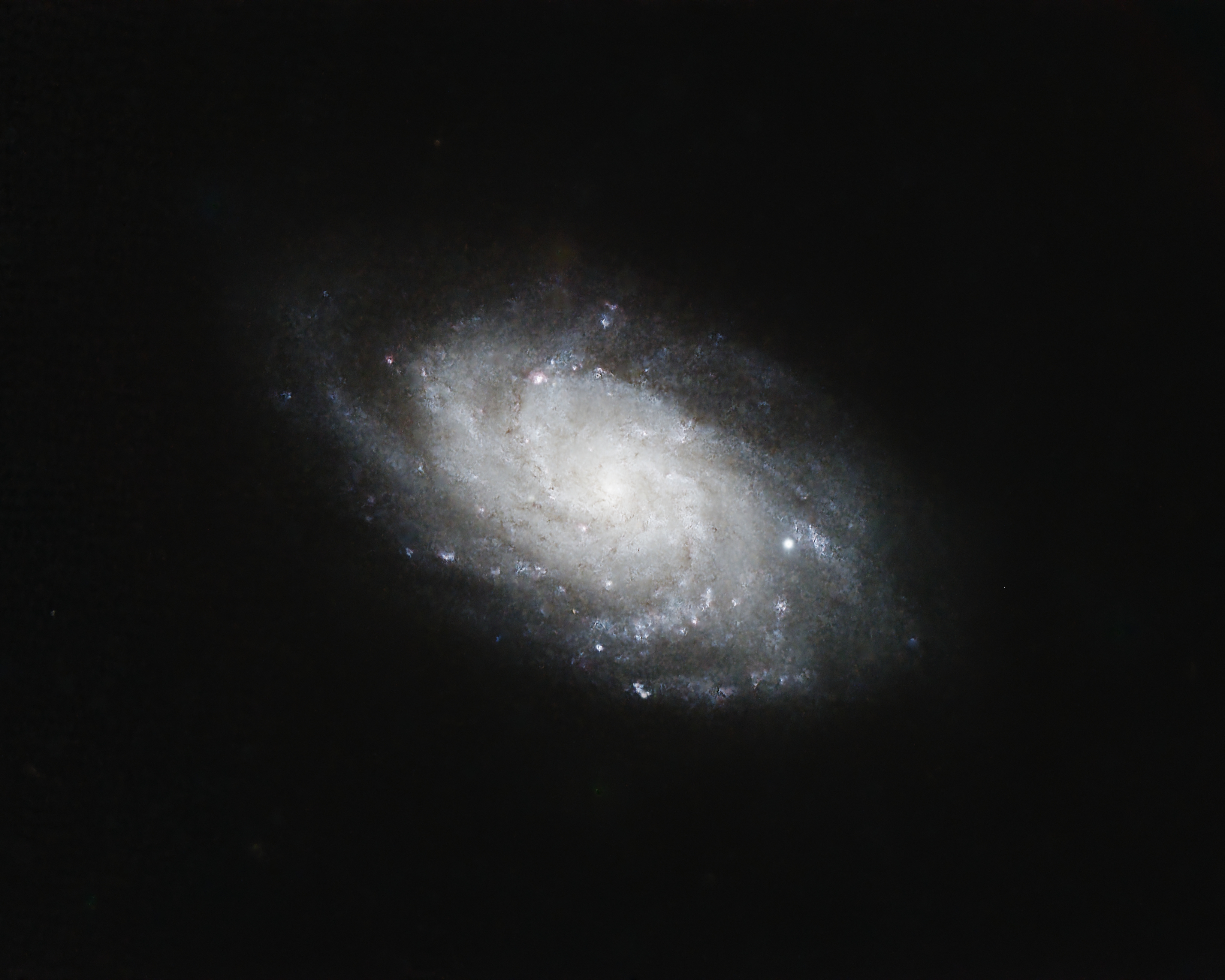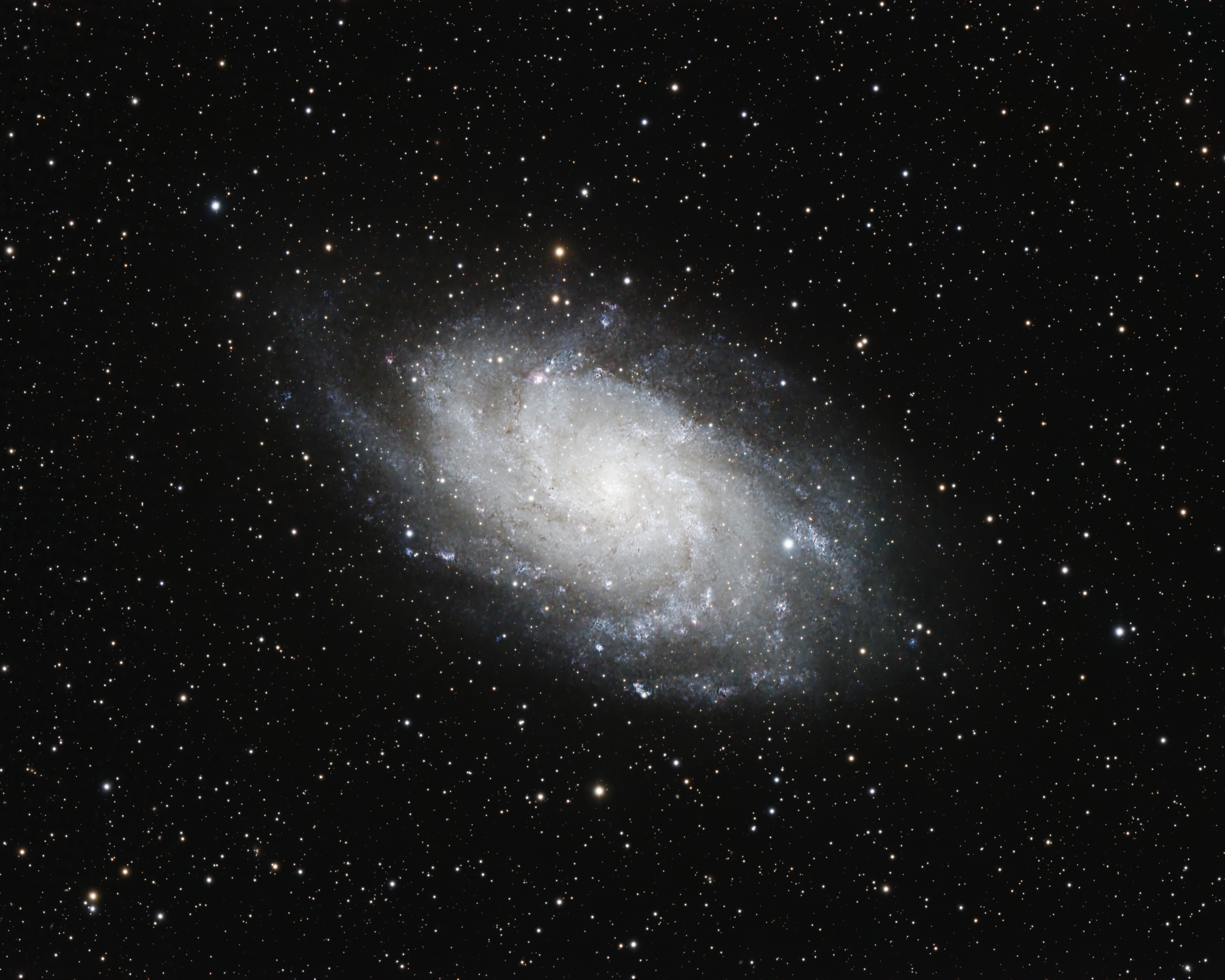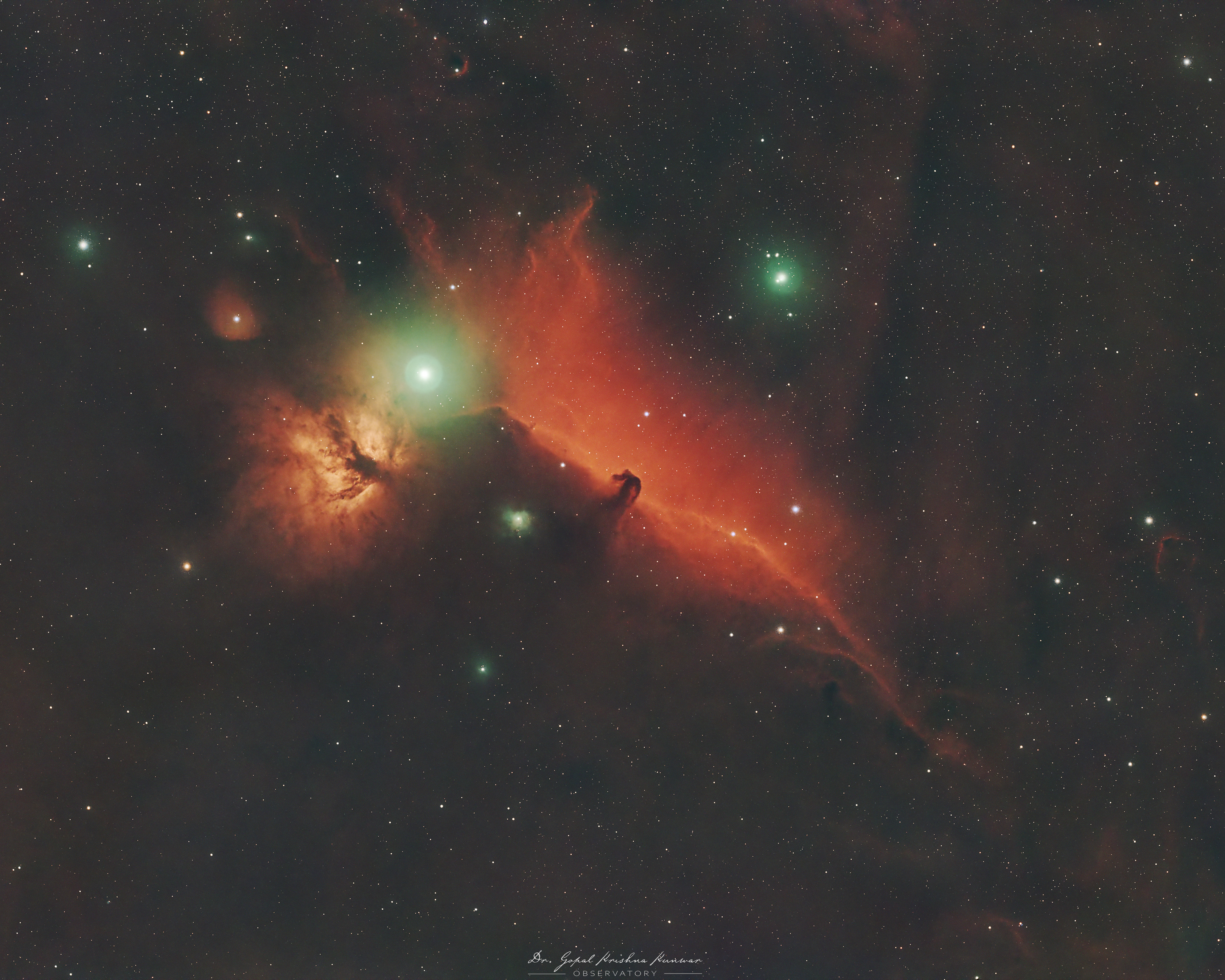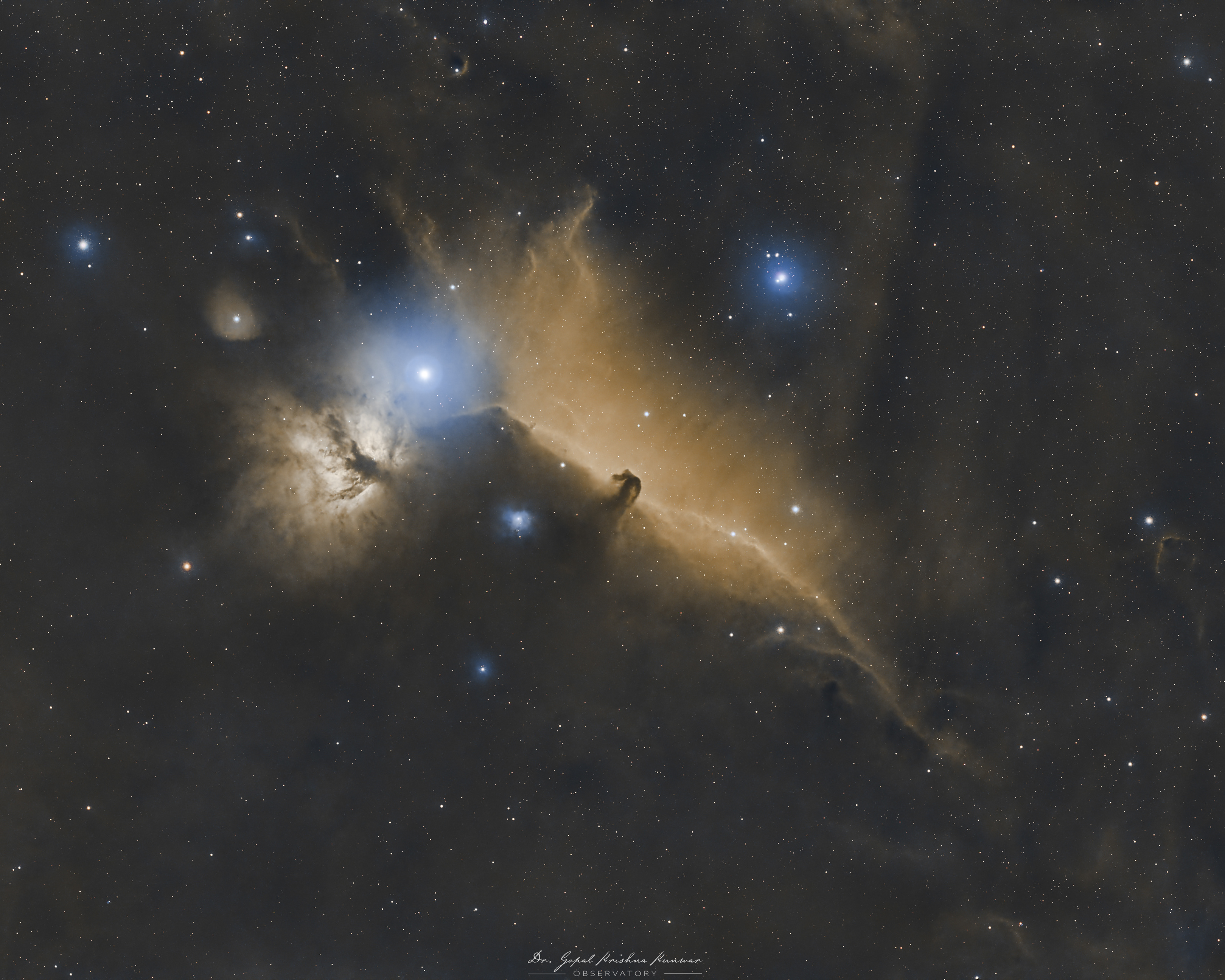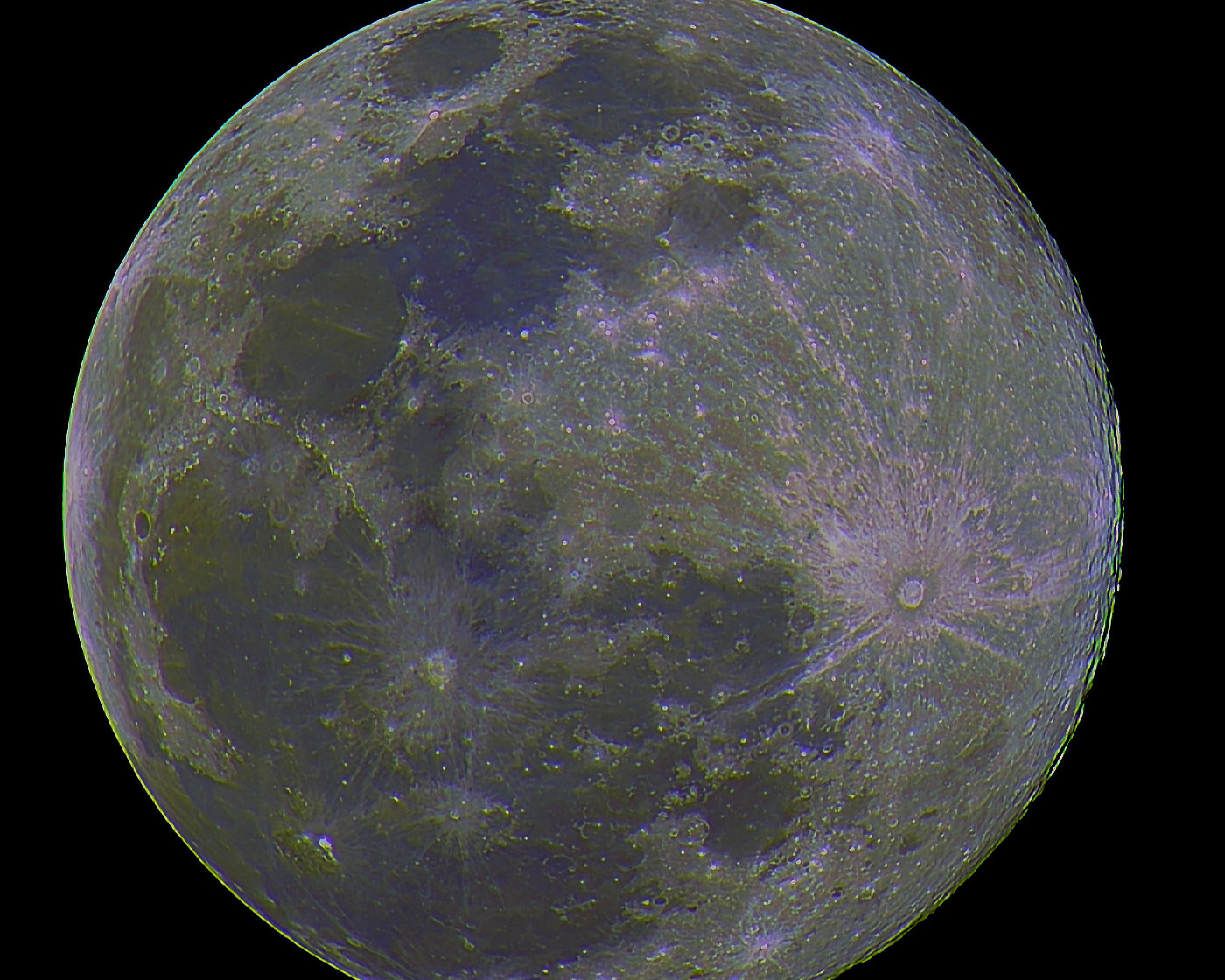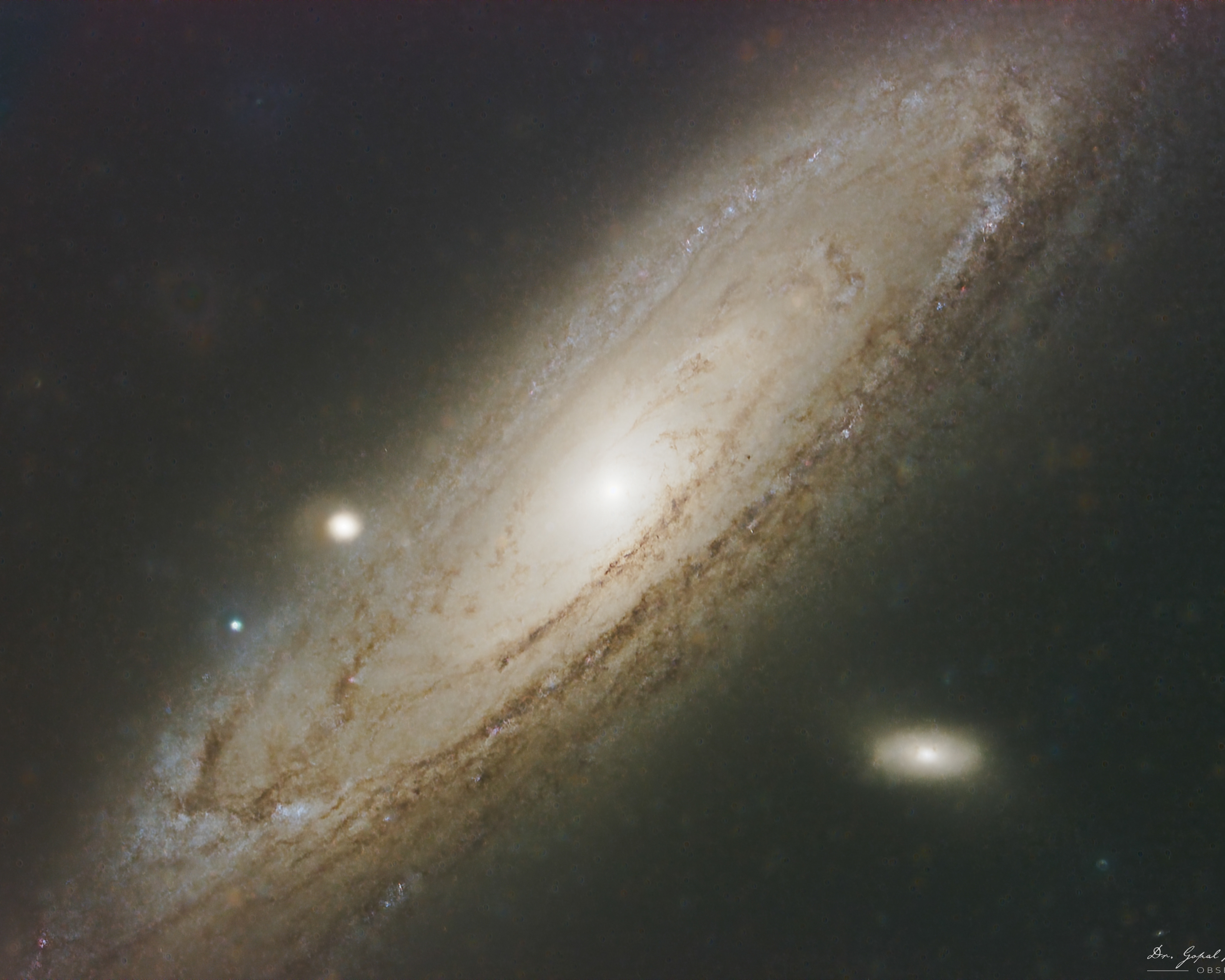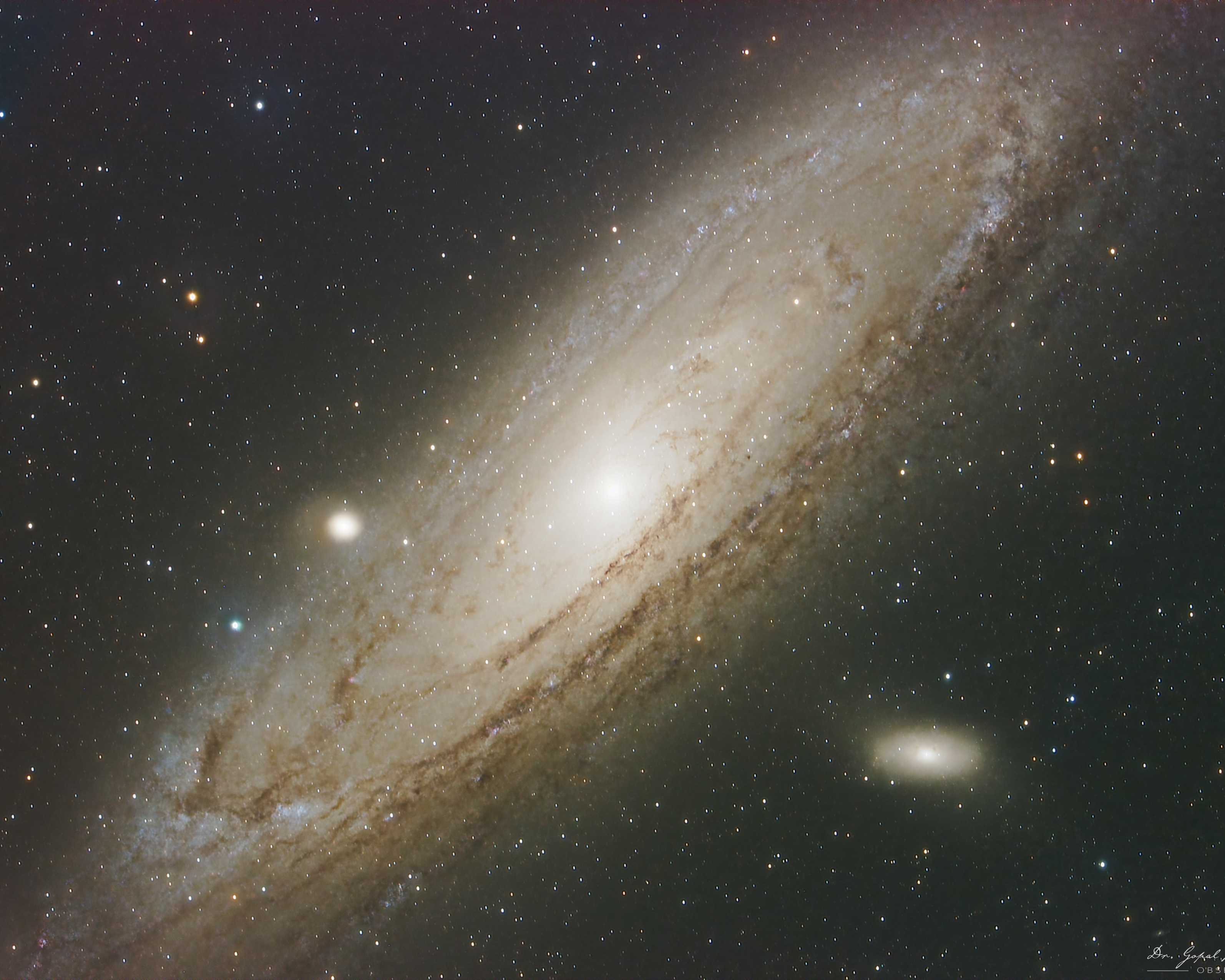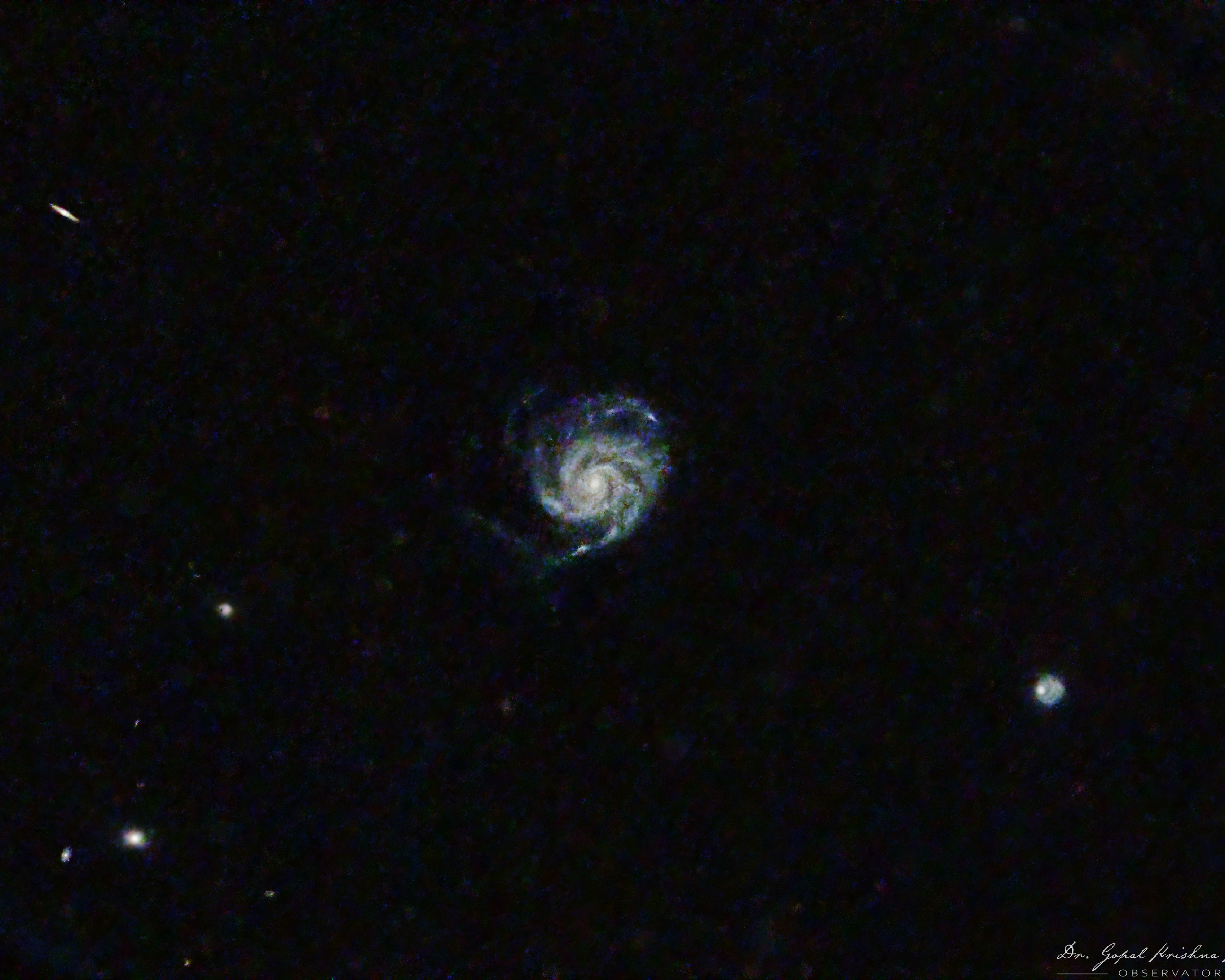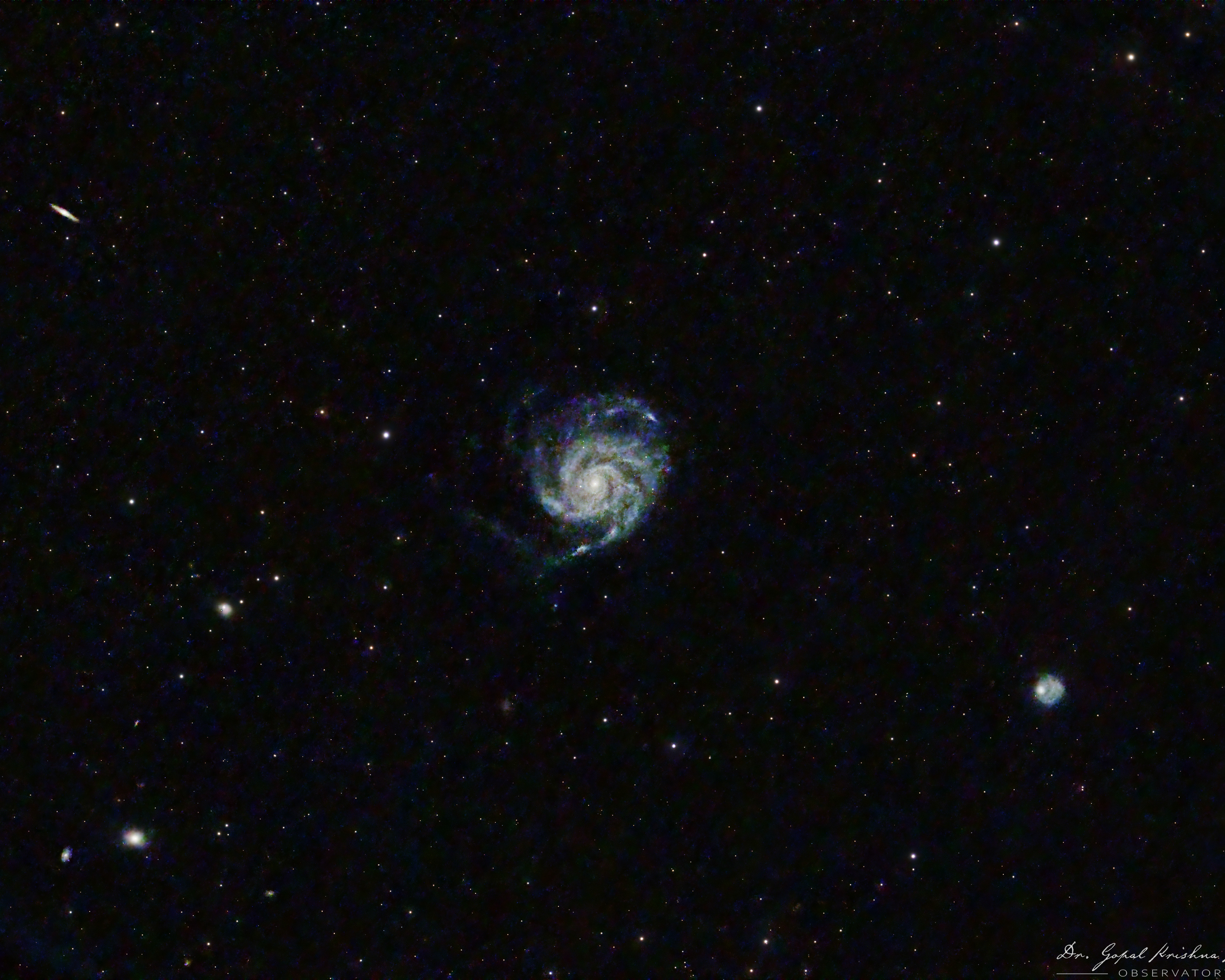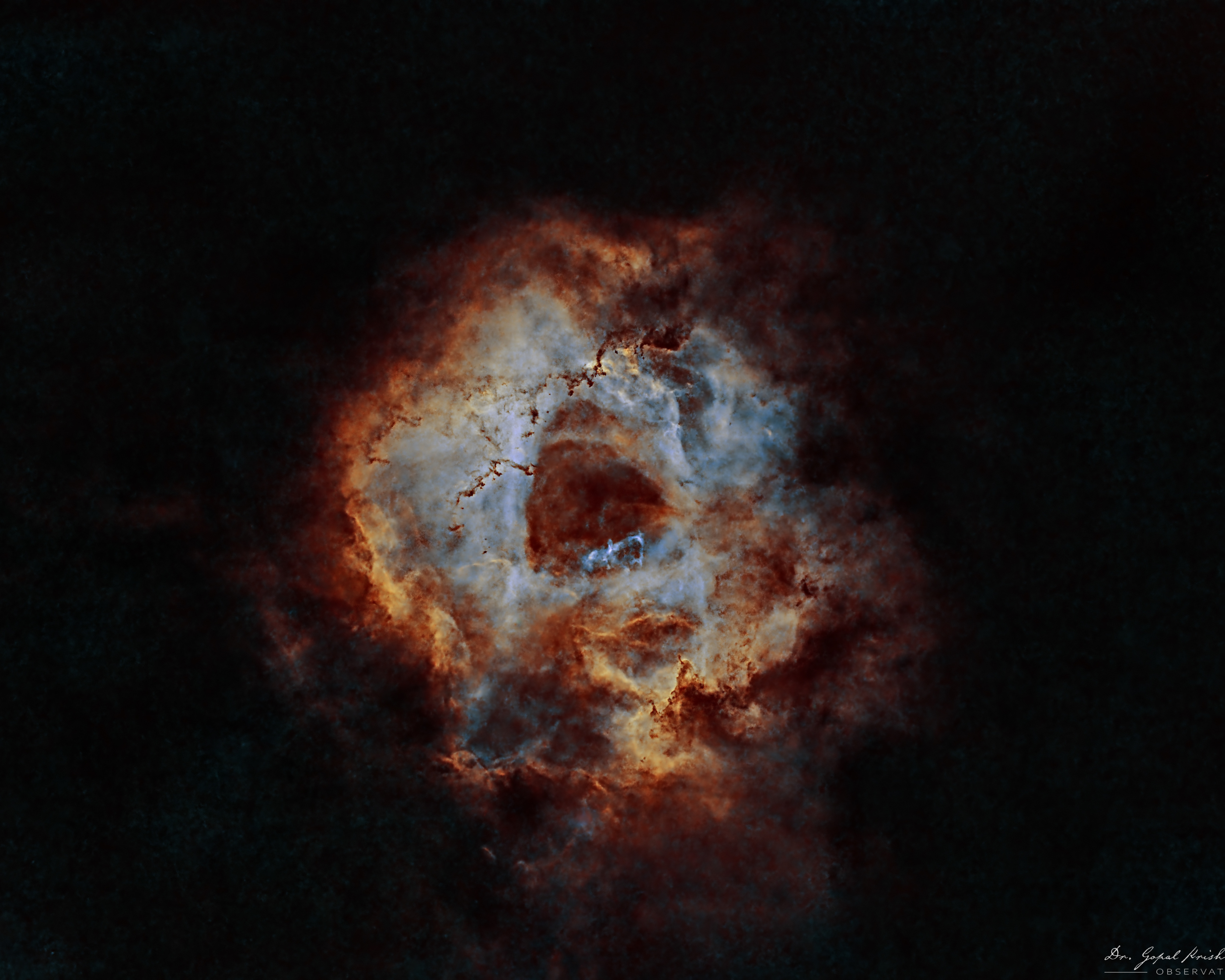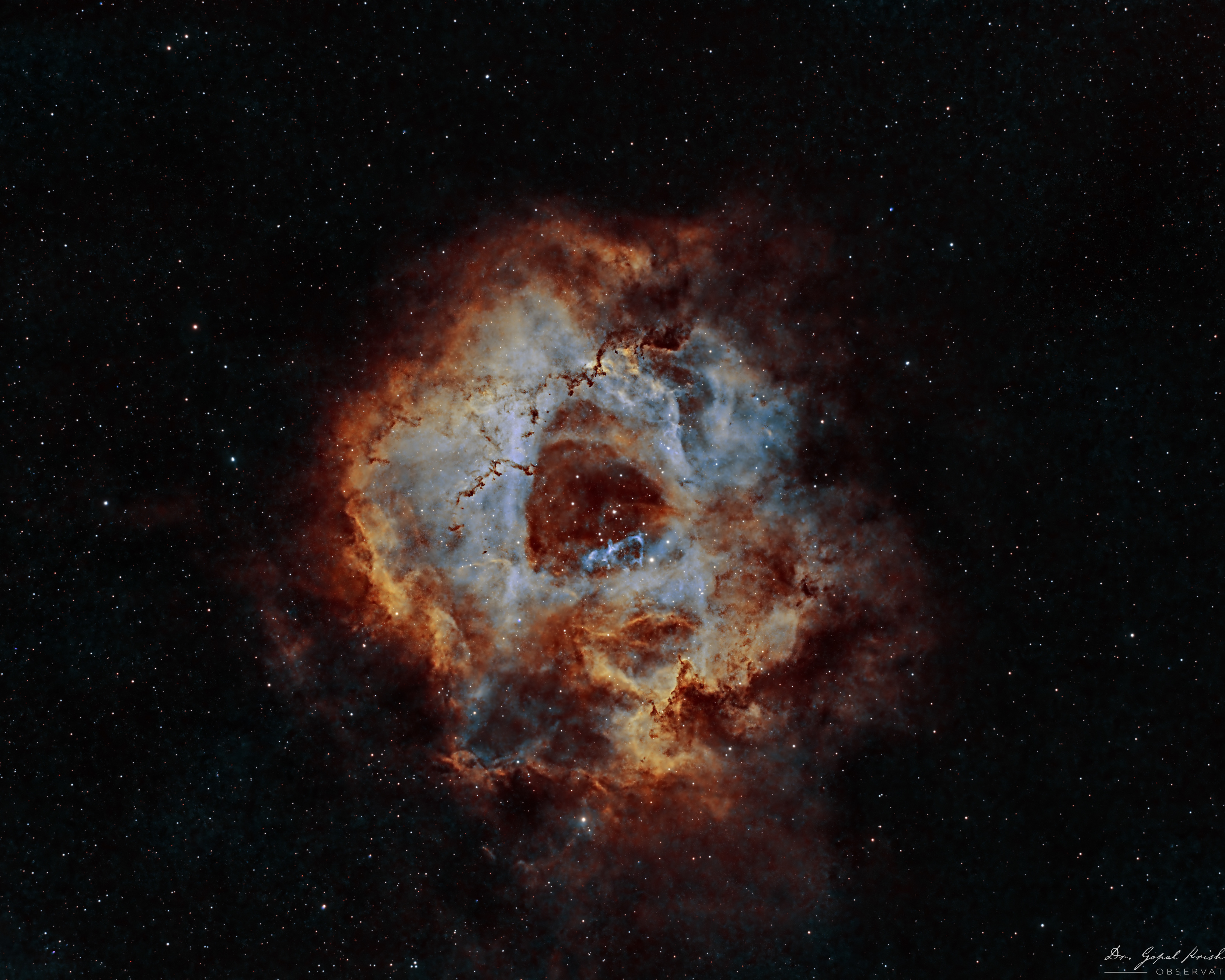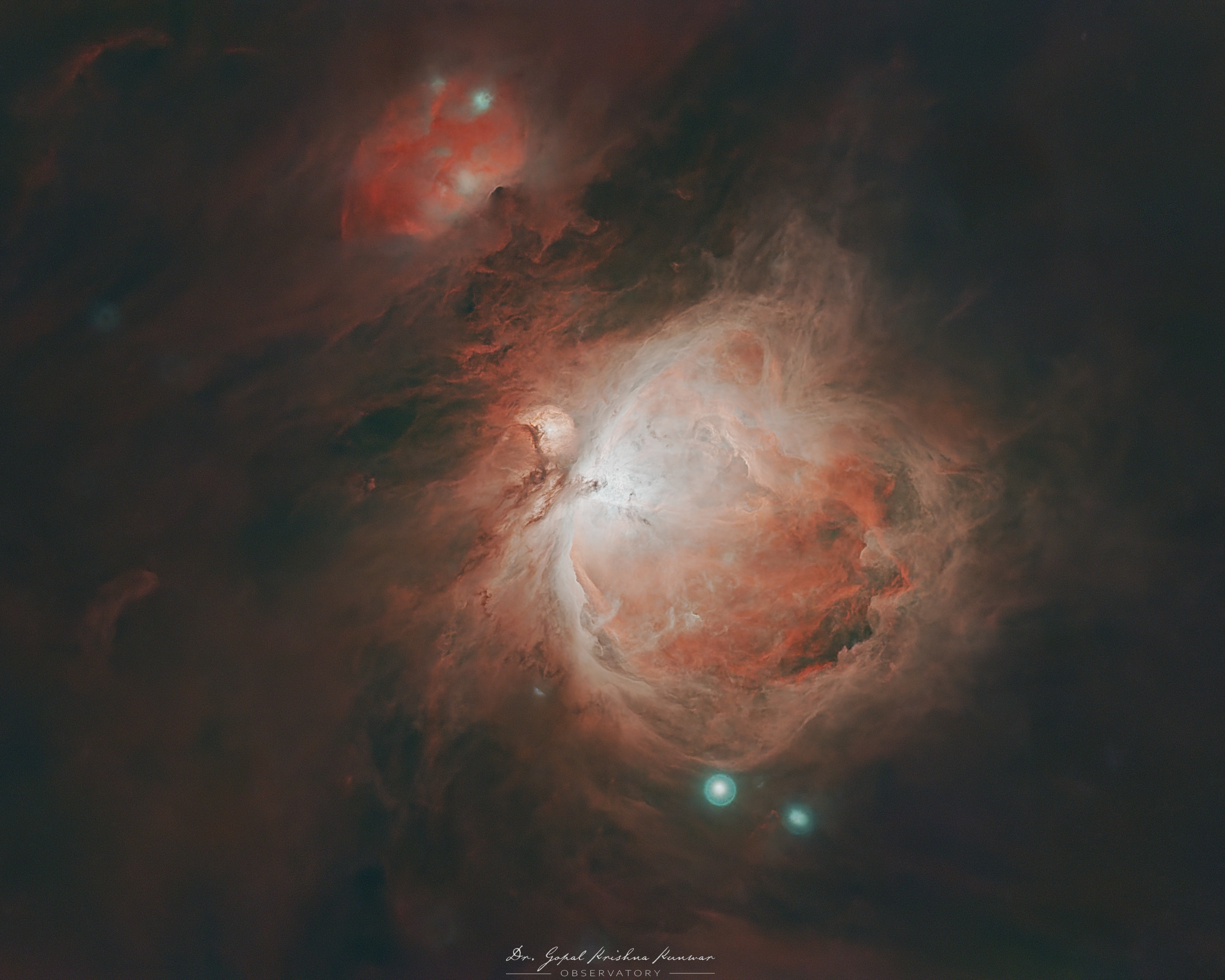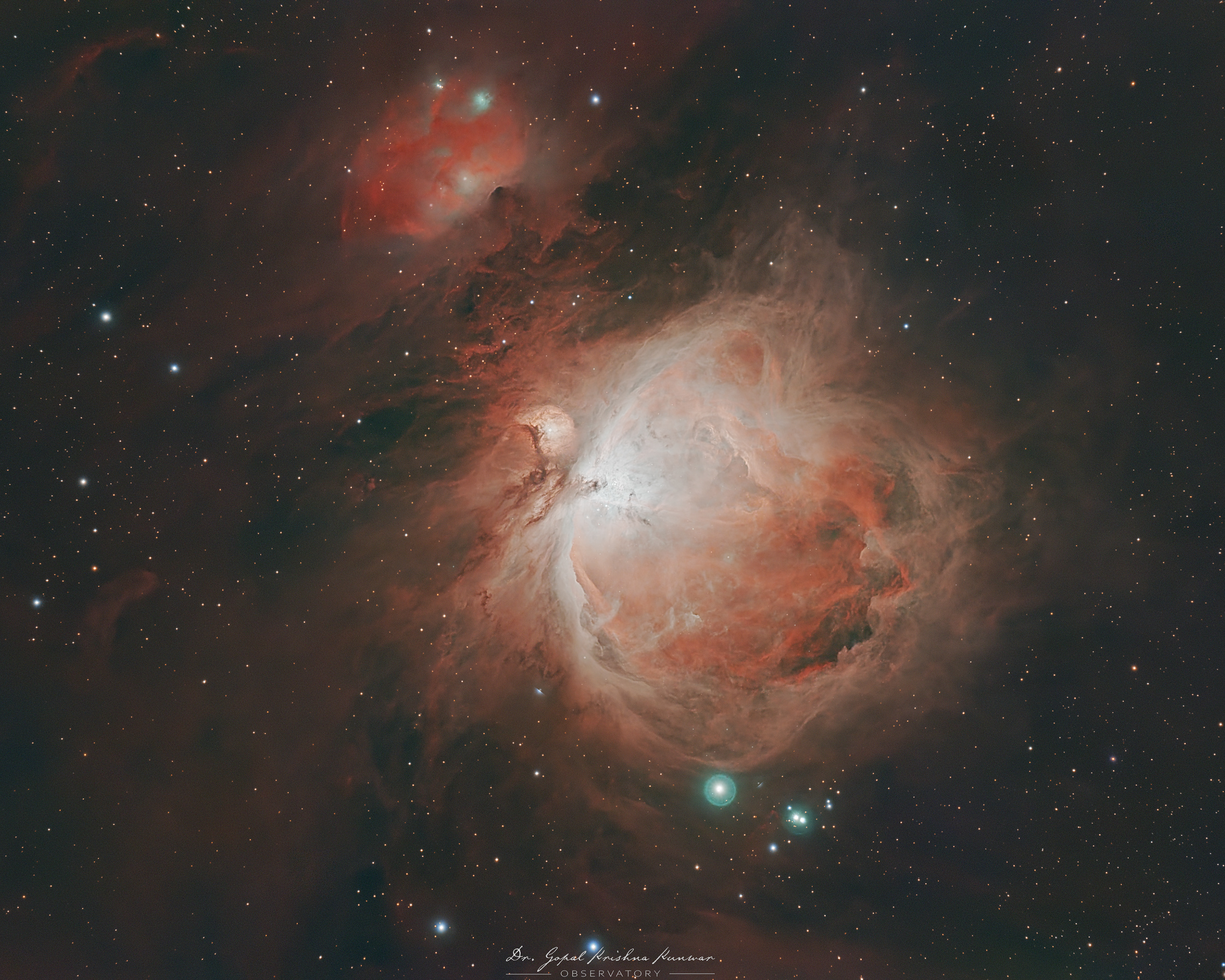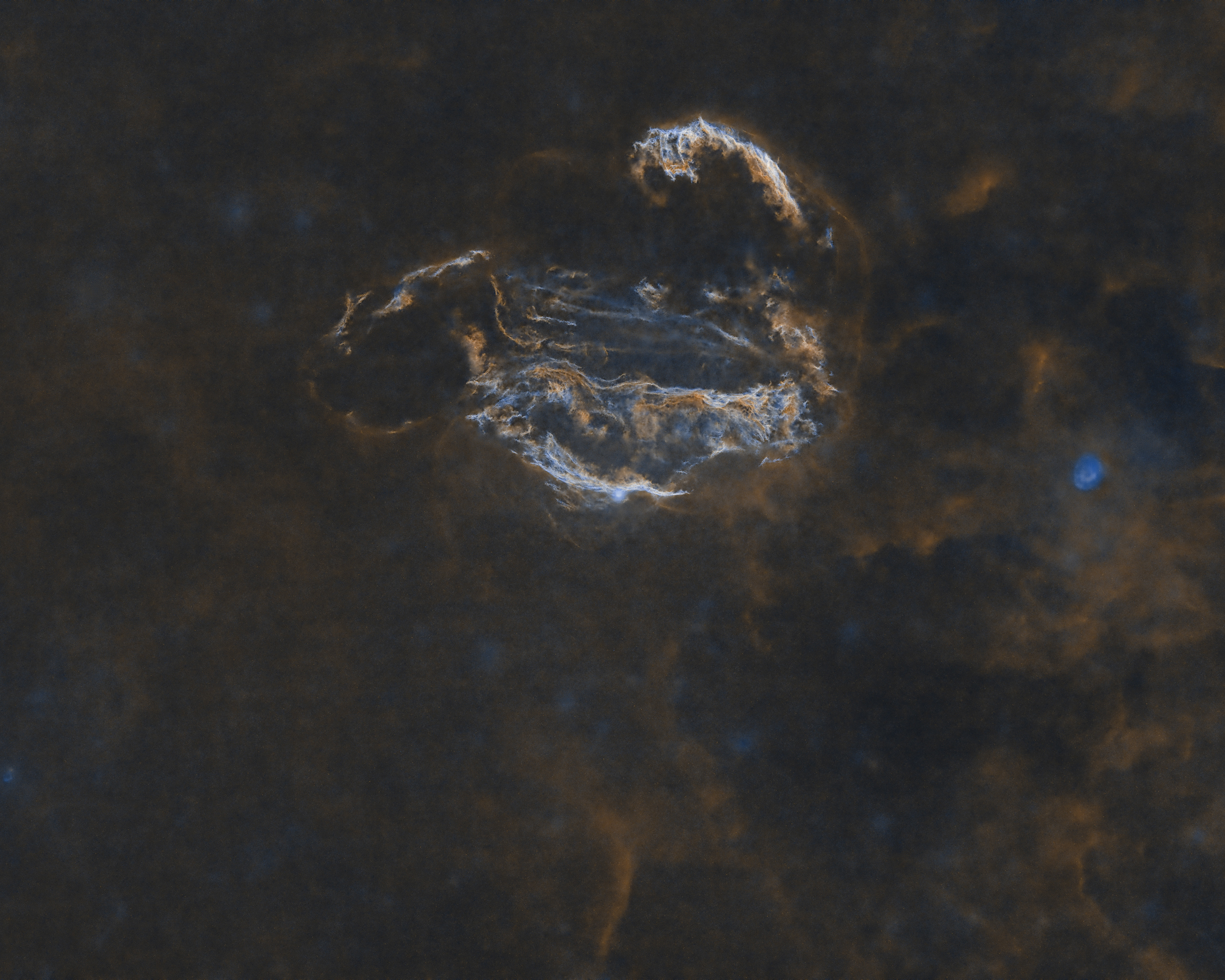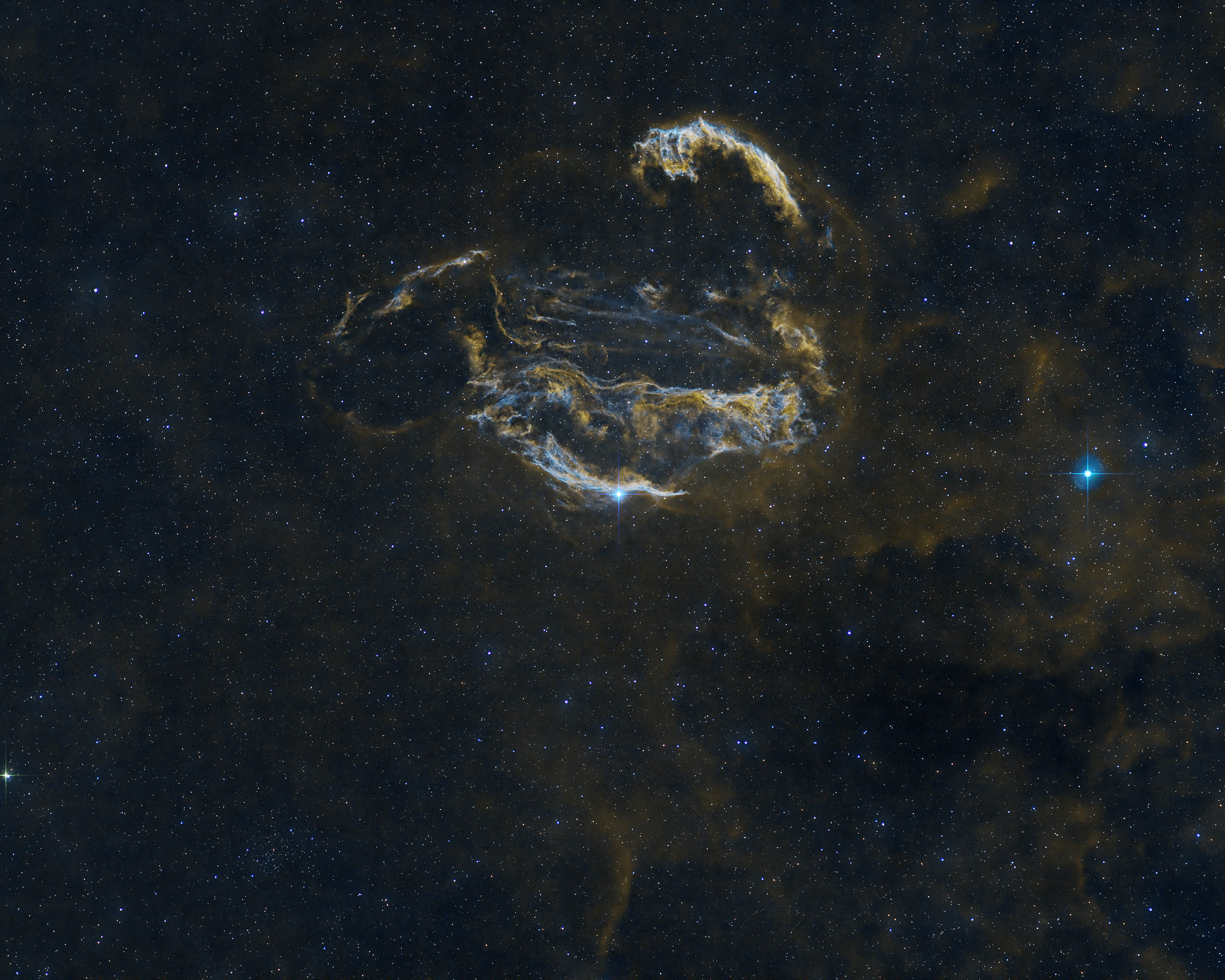A Cosmic Ballet 12 Million Light-Years Away - The Galactic Duo in Ursa Major
Light from these galaxies began its journey across the cosmos 12 million years ago—long before humans walked the Earth, long before our planet looked anything like it does today. That light has traveled an unimaginable distance, crossing the void of intergalactic space at 300,000 kilometers per second, only to finally reach us in this fleeting moment captured in the frame. And yet, what we see is not how these galaxies exist today. We are looking into the past, a frozen snapshot of a cosmic dance that may have long since changed.
Nestled in the northern constellation of Ursa Major, the galaxies M81 (Bode’s Galaxy) and M82 (Cigar Galaxy) form one of the most famous galactic duos in the sky. These galaxies, part of the M81 Group, are engaged in an ongoing gravitational struggle—one that has shaped their structures in spectacular ways.
While Bode’s Galaxy (M81) spans nearly 90,000 light-years in a grand, orderly spiral, its companion, M82 (Cigar Galaxy), is a starburst galaxy measuring 37,000 light-years long and 4,600 light-years wide. Unlike its tranquil neighbor, M82 is a cauldron of stellar activity—its core bursting with intense star formation, sending superheated winds and plumes of ionized gas hurtling into space. This violence is the direct result of M81’s gravitational pull, stirring up chaos within M82’s heart while itself remaining largely unscathed.
The Deep-Sky Majesty of Bode’s and Cigar Galaxy
This image, captured over two nights—February 8 and 15, 2025—totals approximately 13 hours of integration time taken audaciously without filters and very close to full moon! I have stacked 318 exposures of 30s and 922 exposures of 60s each. Using my William Optics 71GT APO at 335mm focal length, the field of view is quite expansive, making these galaxies appear relatively small in the frame. Despite the size challenge, their distinct characteristics shine through.
Unlike my usual narrowband imaging, this was taken without any filters, allowing natural light from these galaxies to travel unaltered across millions of years and land directly on my camera sensor. As spring and summer approach, this image tempts me to shift toward higher focal lengths—a reminder that sometimes, the subject calls for a closer look.
When viewed without the foreground stars (as seen in the starless version of this image below), the structure of these galaxies takes center stage.
M81 spans about 26 × 14 arcminutes in the sky, revealing its elegant spiral arms rich with dust and star-forming regions.
M82 appears more elongated, stretching across 11 × 5 arcminutes, with turbulent clouds of gas and dark lanes of dust carving through its core.
Removing the stars offers a different appreciation of these structures—a reminder that galaxies, despite being billions of stars themselves, can sometimes seem isolated against the vast cosmic backdrop.
M82 appears more elongated, stretching across 11 × 5 arcminutes, with turbulent clouds of gas and dark lanes of dust carving through its core.
Removing the stars offers a different appreciation of these structures—a reminder that galaxies, despite being billions of stars themselves, can sometimes seem isolated against the vast cosmic backdrop.
A Starless Look at Bode’s and Cigar Galaxy
In the stars-only version, the galaxies disappear, leaving behind a tapestry of background stars from our own Milky Way. While these local stars seem abundant, they are merely a foreground distraction when compared to the massive galaxies beyond them.
Among the stars lie several other galaxies, faint but significant:
NGC 2976, a peculiar spiral measuring 5 × 3 arcminutes, floats in the upper right.
NGC 3077, a small elliptical galaxy about 5 × 4 arcminutes, actively forming stars due to interactions with M81.
NGC 2959 & NGC 2961, more distant galaxies appearing as tiny specks, are estimated to be around 1.5–2 arcminutes across.
In the annotated version of this image, these deep-sky objects are labeled—highlighting how this seemingly simple field of view is filled with cosmic history.
NGC 3077, a small elliptical galaxy about 5 × 4 arcminutes, actively forming stars due to interactions with M81.
NGC 2959 & NGC 2961, more distant galaxies appearing as tiny specks, are estimated to be around 1.5–2 arcminutes across.
In the annotated version of this image, these deep-sky objects are labeled—highlighting how this seemingly simple field of view is filled with cosmic history.
While wide-field astrophotography often focuses on large nebulae, this image is a testament to the fact that galaxies, even when small in the frame, hold a compelling narrative. Bode’s and Cigar Galaxy are a glimpse into the intricate dance of gravity, star formation, and cosmic evolution.
This capture has left me longing for a telescope with a longer focal length, where these galaxies can reveal even more details of their structure and interaction. With spring and summer approaching, that next step might just be around the corner.
Acquisition details:
Imaging Telescopes: William Optics Gran Turismo 71 / GT71 with 0.8x field flattener and reducer
Imaging Cameras: ZWO ASI294MC Pro
Mount: iOptron CEM40
Filter: None
Other equipment: ZWO ASIAIR Pro, ZWO EAF
Software: Adobe Photoshop · Pleiades Astrophoto PixInsight
Guiding : William Optics 50mm Guide Scope G50ii, ZWO ASI120MM
Total Integration: ~13 hourss (30s and 60s second sub-exposures)
Imaging Cameras: ZWO ASI294MC Pro
Mount: iOptron CEM40
Filter: None
Other equipment: ZWO ASIAIR Pro, ZWO EAF
Software: Adobe Photoshop · Pleiades Astrophoto PixInsight
Guiding : William Optics 50mm Guide Scope G50ii, ZWO ASI120MM
Total Integration: ~13 hourss (30s and 60s second sub-exposures)

The Deep-Sky Majesty of Bode’s and Cigar Galaxy

Labeled Deep-Sky Objects in the M81 Region

A Starless Look at Bode’s and Cigar Galaxy
